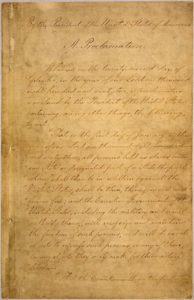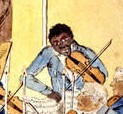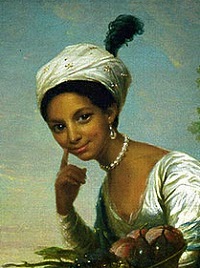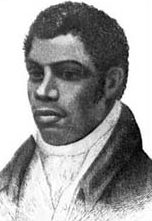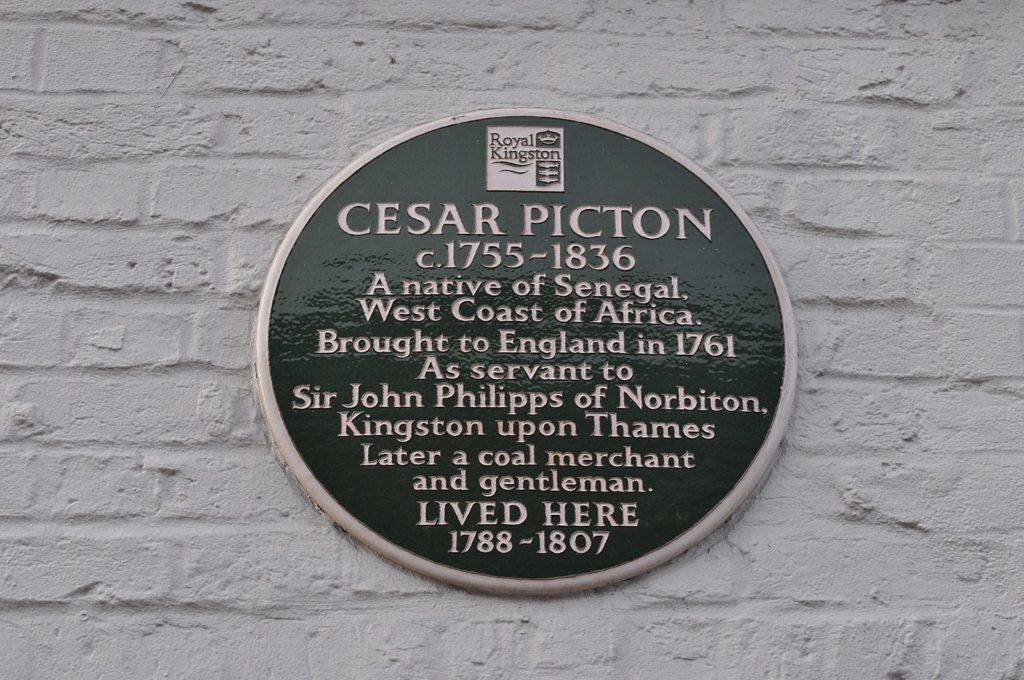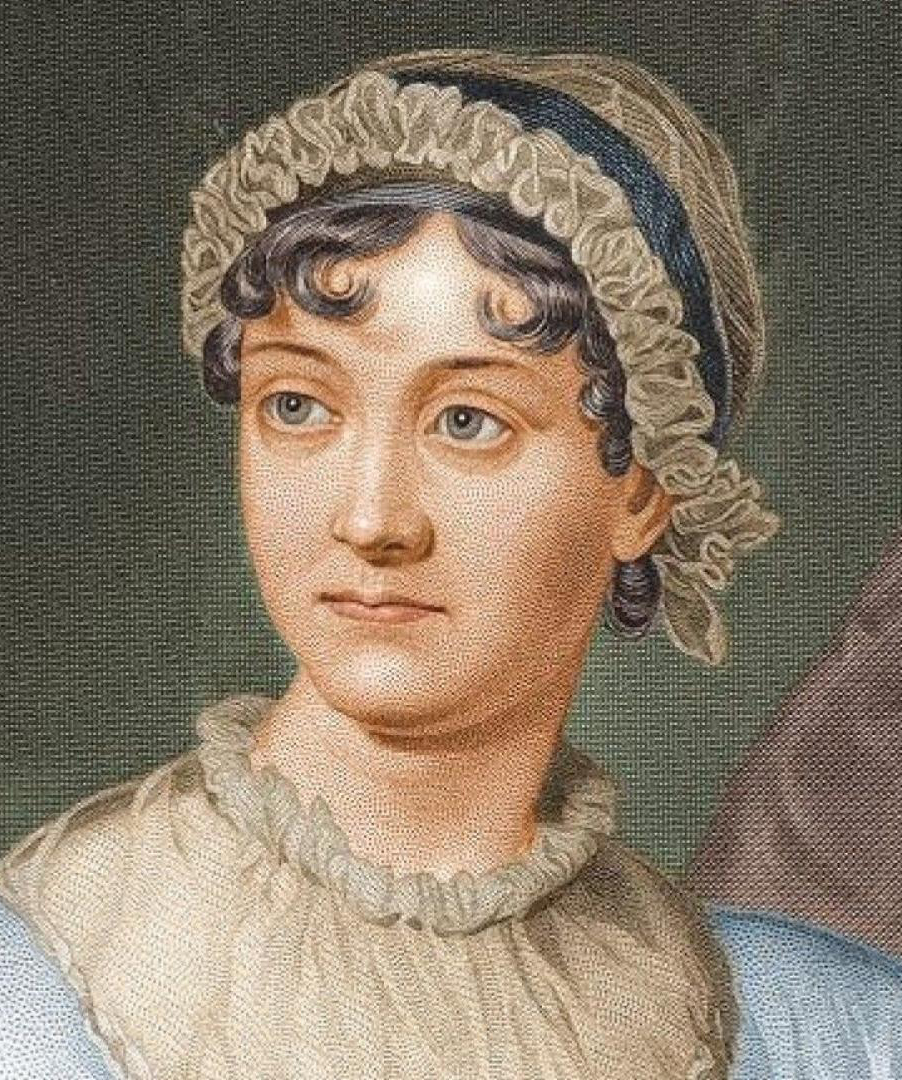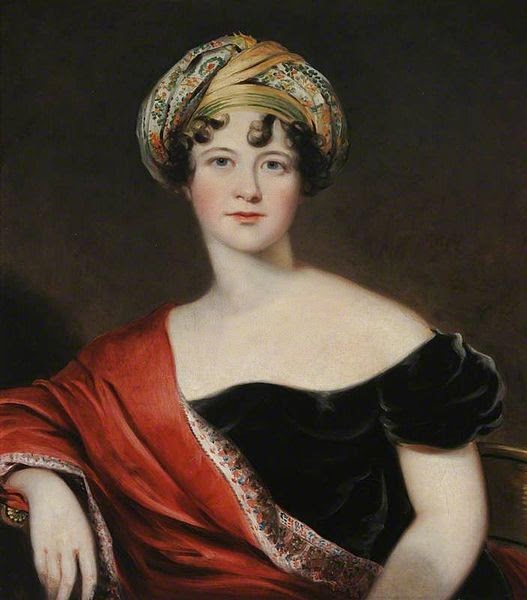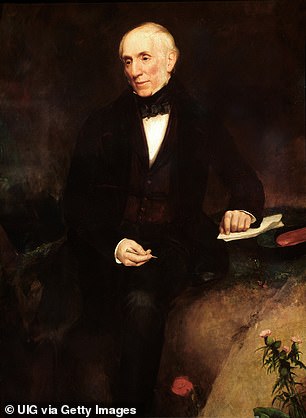A charming village, a struggling hero, a woman who risks heartbreak for a second time….
Some stories write themselves. Some stories fight you. I posted about this back in April (here) as I struggled with reworking LORD OF HER HEART. Optimistically, I hoped then the book would be out in June. Ha. Even after I revised it, it still needed so much editing! Yikes, I began to think it would never make it out into the world. But as of today –it’s out!!

LORD OF HER HEART is the start of my new “Tales of Little Macclow” series. “Book Two” in the series is already out—my Christmastide holiday story, LORD OF MISRULE, inspired readers to ask for a series set in the fictional village where there may (or may not) be a bit of magic. The story actually takes place eight months after the action in the new book, so if you haven’t read LOM yet, I would say you’ll enjoy it even more if you read the new one first! The stories stand alone, but there is a continuing chronology that is going to link the series together.
Here is the blurb for LORD OF HER HEART:
An unexpected return. A new risk for old friends.
As Little Macclow prepares to celebrate May Day, Tom Hepston’s arrival stirs expectations and speculation. Tom left the village fourteen years ago. Now he is back, but he hasn’t come willingly and he has no plans to stay. While he’s proud of the naval career he has left behind, he believes the physical and mental wounds that ended it have made him a madman no woman could—or should—love. Can he leave again before everyone sees the broken man he has become?
Sally Royden’s young heart broke when Tom left the first time. After years of hoping for his return, she now leads a full life caring for her sister and serving as the village seamstress. Tom’s experiences have changed him. Can Sally dare hope for renewed friendship? Or more? Or will her heart be broken twice—by the same man?
Little Macclow—tucked away and maybe touched by magic…. Village tales of love’s triumphs.
I’ve done “wounded heroes” before and bad memories are necessarily a part of them. (If you love this trope, I hope you’ll love Tom Hepston!) But I’ve never attempted one struggling with true PTSD before, which is so much more and can be so complex. I took an entire course on PTSD and did a lot of additional research in order to attempt writing Tom’s character. I had to learn some of the ways it is treated now—so I could figure out ways Tom might recover in a time period when the disorder didn’t even have a name, never mind any sort of therapy. Part of the proceeds from sales of LORD OF HER HEART will be donated to the Wounded Warriors Project and other non-profit organizations that support those struggling with the challenges of PTSD.
Do you like the wounded warrior trope? How about second-chances, and friends-to-lovers? One thing that makes this book different is that the main characters are not aristocracy. They’re not even gentry. Are you willing to read about characters who aren’t wealthy, and never will be? Tom & Sally are at the opposite end from those millionaire dukes who are so popular. I hope you’ll see that their HEA future is just as solid as those earned by those wealthy, high-ranked kinds of characters. And I hope you’ll want to visit Little Macclow again for more books in the series!
The book is available for Kindle and in print through Amazon and in other ebook formats through Smashwords.

